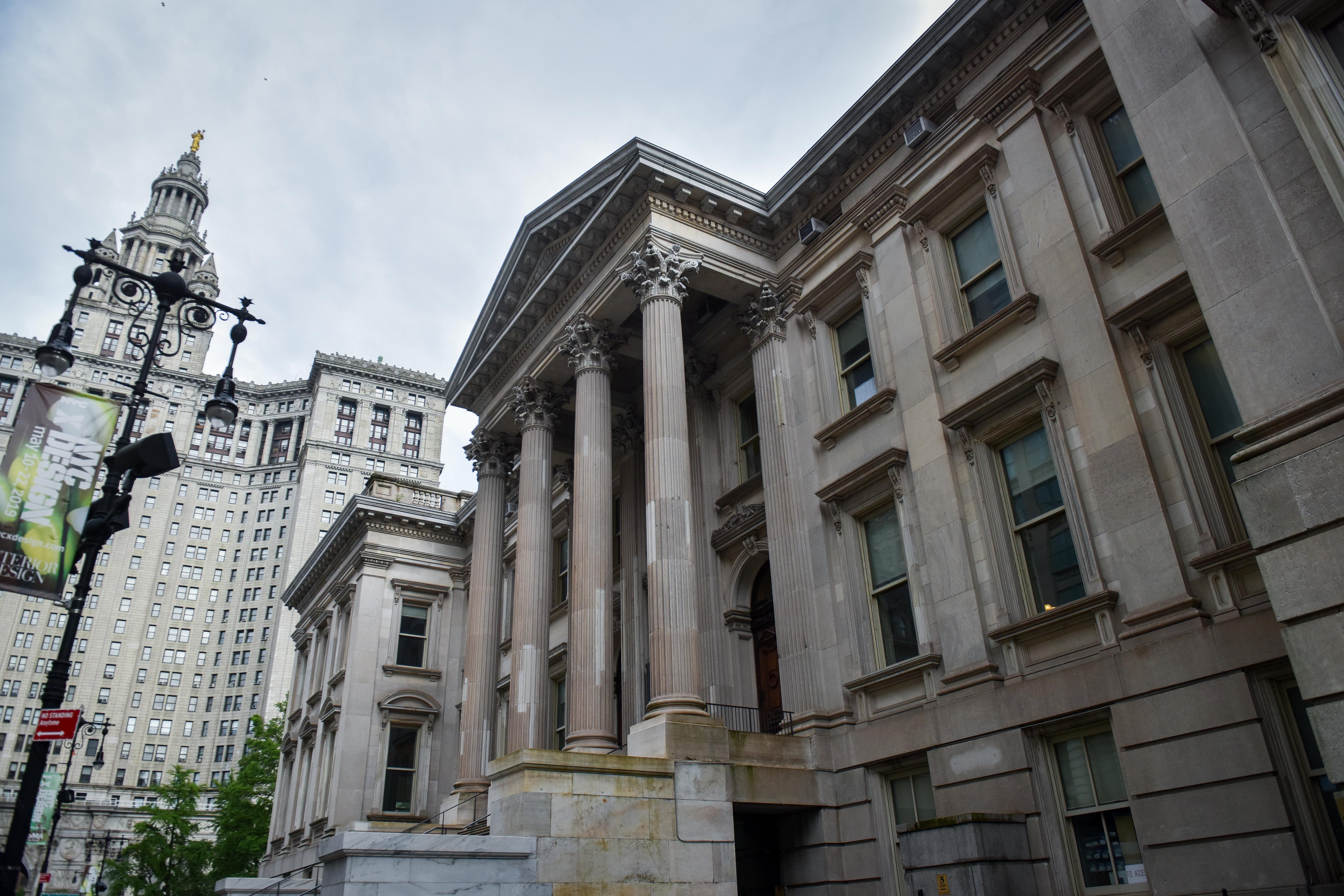When using federal coronavirus relief dollars, New York’s school districts must either send more relief to private schools or restrict their spending to Title I schools.
New York City education department officials say both scenarios are untenable, and they have joined a multi-state lawsuit, arguing that these options misinterpret the federal CARES Act and should be thrown out. The state, however, indicated Monday it will comply with the Trump administration mandate, meaning districts must choose between the two paths in order to receive and spend the money.
Either option could mean another financial hit for New York City’s public schools, already under budget constraints due to the pandemic, but a boon for the city’s private schools, which are facing dwindling enrollment and could see more federal money than originally expected. Dozens of city private schools have received federal loans through the Paycheck Protection Program, Gothamist reported.
“As the largest school district in the nation, we need more — not less — funding from our country’s leaders whose job it is to support public institutions rather than privatization that benefits the privileged few,” said schools Chancellor Richard Carranza in a news release Friday about the lawsuit. “Safe reopening requires all the resources we can get, and we call on the Trump Administration to stop playing politics with our children.”
New York schools are set to receive about $1 billion in pandemic relief under the federal CARES Act, with $717 million of that going to New York City. Some portion of those funds will go to private schools for services, such as tutoring or after-school programming. The federal bill allocated each state’s relief based largely on the Title I formula, which sends extra dollars to districts serving large portions of students from low-income families.
Districts normally use Title I dollars to help private schools with various services; that support is based on the number of private school students from low income families in a given area. But this spring, U.S. Education Secretary Betsy DeVos said pandemic relief dollars should be shared with private schools based instead on their total enrollment.
Public school advocates denounced DeVos’s guidance, saying that wasn’t how Congress intended districts to spend the money, and that it would take resources away from public schools. U.S. education officials disputed that reading of the law and argued that many private schools are facing financial stress and could close. Some states decided to reject the guidance, while others said they would comply.
DeVos decided last month to give districts another option: School systems could calculate how much they owe to private schools based only on the number of non-public students from low-income families in the area, but would then be restricted to spending the remainder of their stimulus dollars on Title I schools only.
No longer optional guidance, school systems are now legally bound to choose one of these paths. If New York City took the Title I schools route, opting to calculate private school assistance based on the number of needy students they serve, most of the city’s public schools would see some coronavirus relief dollars. There are roughly 1,300 Title I schools in New York City, with another 275 schools receiving Title I money to support homeless students on their rosters. (These figures don’t include charter schools that receive similar funds.) However, in this scenario about 250 non-Title I schools, which still educate low-income students, would lose out on a total $100 million in stimulus support, according to the city.
City officials believe they would owe $91 million to private schools when accounting for low-income students, an education department spokesperson told Chalkbeat on Monday. Officials believe that cost would rise to $144 million when considering total enrollment.
The plaintiffs have asked the courts to temporarily block the U.S. Department of Education from enforcing its rule as the lawsuit proceeds. But a decision on that could take several months, said Julia Martin, legislative director at the law firm Bruman and Mansfield, which had provided legal advice to states about DeVos’s original guidance.
City education officials did not answer a question Monday about how they plan to use CARES Act dollars. Districts seeking the money must first apply for the funds through the state education department.
The two available options are “just not practical for a place like New York,” Martin said. That’s because the state used federal coronavirus relief to supplant state dollars for districts, Martin said, which left the biggest financial burden on districts with high shares of low-income students, including New York City.
If the district opted for the Title I-only option, they would have to follow other rules that require federal dollars to “supplement” local revenue, not just replace it to pay for something a district can no longer afford, Martin said.
“That means using CARES Act dollars for devices, Wi-Fi hotspots, additional meals, PPE, but that means we are still left without funds to backfill lost state and local revenue,” Martin said.








